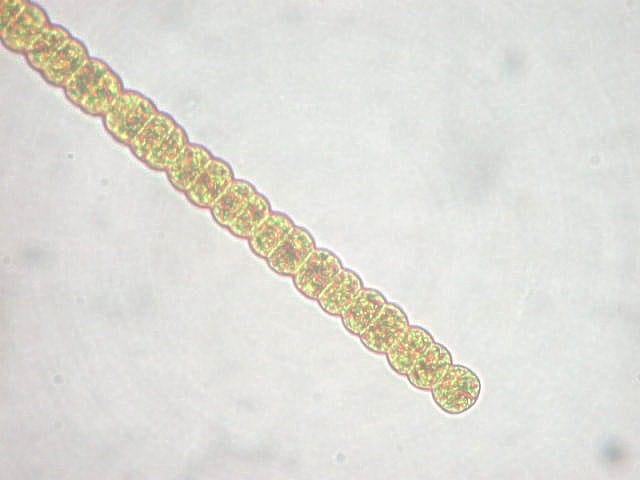Academic Paper
Zhao, H., Zhao, X., Liu, Y., Sun, Y., Duan, Y., Chen, J., Xie, P., Liu, Y., Miao, X., Wang, H. and Xu, C., 2025. Combined Effects of Irradiation, Nutrients, and Cyanobacterial Composition on Microcystin Concentration in Chinese Plateau Lakes. Environment & Health.
Abstract
Microcystins (MCs) are one of the most prevalent cyanotoxins and pose significant risks to aquatic ecosystems and human health, particularly in lakes used as drinking water sources. However, knowledge about the MC concentrations in plateau lakes experiencing high solar radiation is scarce. This study investigated the spatial-temporal distribution of MCs in eight Yunnan Plateau lakes in China, focusing on their relationships with environmental factors. Water samples (n = 63) were collected during summer and winter seasons and analyzed for MC concentrations along with a suite of environmental variables. Results revealed significant seasonal and spatial variations in MC concentrations, with higher levels in eutrophic lakes Dianchi, Erhai, and Xingyunhu. Notably, mean MC concentrations in Lake Dianchi during summer and Erhai during winter exceeded the World Health Organization’s provisional guideline of 1 μg/L for drinking water. Seasonal analyses revealed distinct regulatory mechanisms: MC concentrations in summer were positively correlated with total phosphorus, total nitrogen, turbidity, and chlorophyll a, reflecting the influence of eutrophication on cyanobacterial growth. While solar radiation intensity (SRI) exhibited a dual role: moderate SRI in winter was associated with higher MC levels, whereas higher SRI in summer suppressed MC production, likely due to photoinhibition or MC degradation. Strikingly, water temperature showed no significant correlation with MC concentrations, suggesting that high solar radiation in the Yunnan Plateau may override temperature-dependent effects on cyanobacterial growth. These findings highlight the importance of nutrient management and the regulatory role of solar radiation in regulating MC production in high-altitude lakes. The study underscores the need for region-specific strategies to mitigate cyanobacterial risks, particularly in drinking water source lakes, by integrating nutrient control and the unique light regime of plateau ecosystems.




